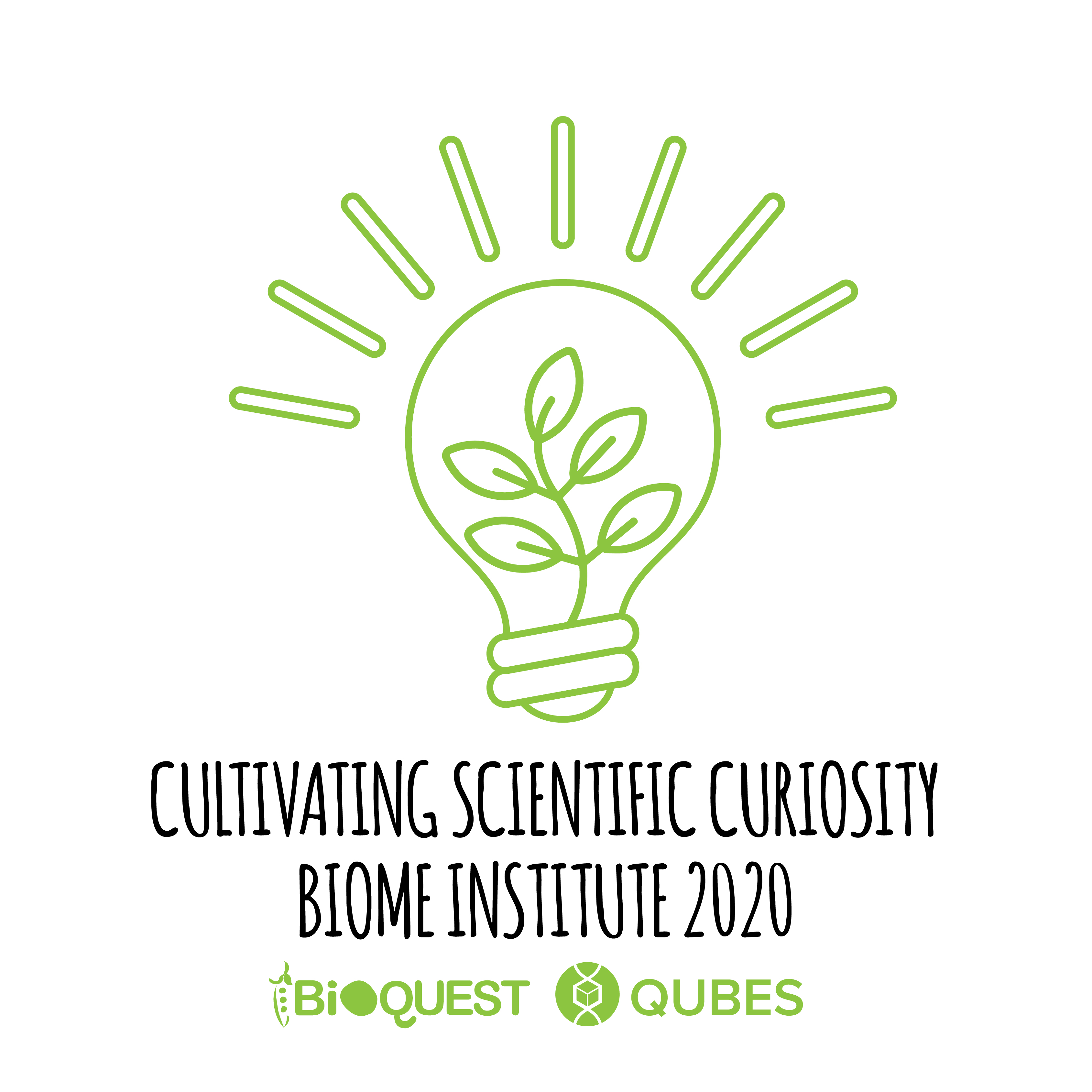Microbiomes forAll: The Research Experiences in Microbiomes Network
Author(s): Jessica Joyner1, Davida Smyth2, Avrom Caplan3, Theodore Muth4
1. Georgia State University 2. Texas A&M San Antonio 3. Pace University 4. CUNY Brooklyn College
1203 total view(s), 253 download(s)
REMNet_BIOME_2020_poster.pdf(PDF | 1 MB)
- License terms
Description
The study of microbiomes has skyrocketed over the last ten years. This growth has been driven by advances in DNA sequencing technologies, and by a paradigm shift in the field of microbial ecology sparked by culture-independent and metagenomic techniques. We saw in these rapid changes an opportunity to bring the excitement of microbiomes and metagenomics to students by providing
training in the scientific process through their engagement in research. Using a course-based undergraduate research experience (CURE) model, we established the Urban Microbiome project at The City University of New York. Microbiome research allows students to conduct experiments that reveal the diversity and complexity of local environmental microbiomes and requires problem solving and quantitative skills. As the use of microbiome data in courses increases, there is a need to 1) set community standards, 2) adapt new technologies for use in microbiome CUREs, 3) provide training resources, and 4) to make available the growing microbiome datasets and analysis tools to students. We have established a national model for microbiome research and that provides support to faculty interested in incorporating the exploration of microbiomes into their courses. This is the perfect time for integrating microbiome studies as the tools for culture-independent study of microbial communities and for DNA sequencing are increasingly accessible and affordable.
Cite this work
Researchers should cite this work as follows:
- Joyner, J., Smyth, D., Caplan, A., Muth, T. (2020). Microbiomes forAll: The Research Experiences in Microbiomes Network. Cultivating Scientific Curiosity, QUBES Educational Resources. doi:10.25334/KXQE-EF88
